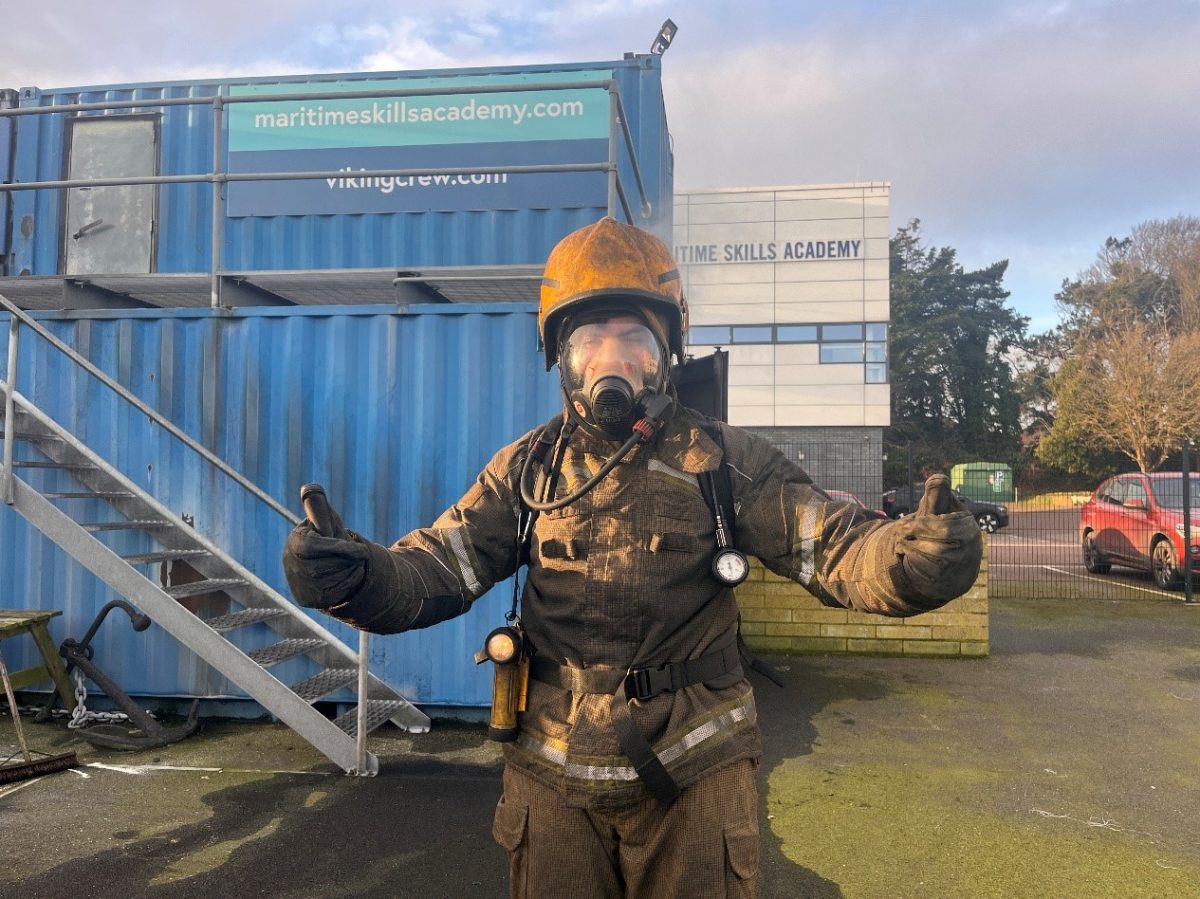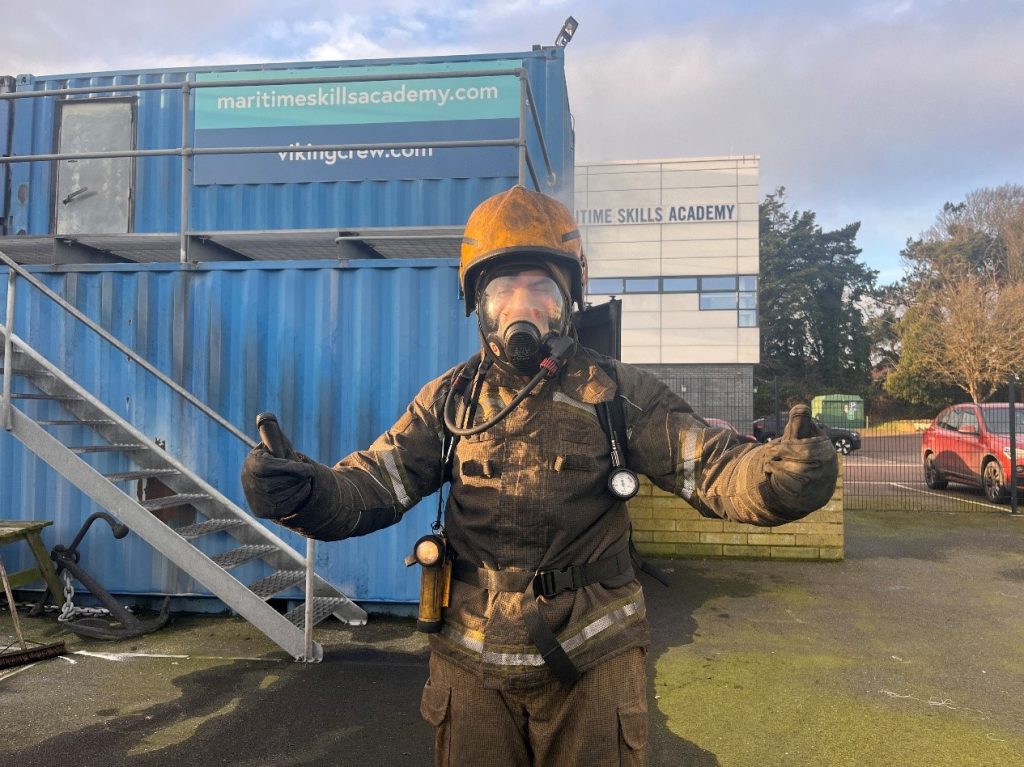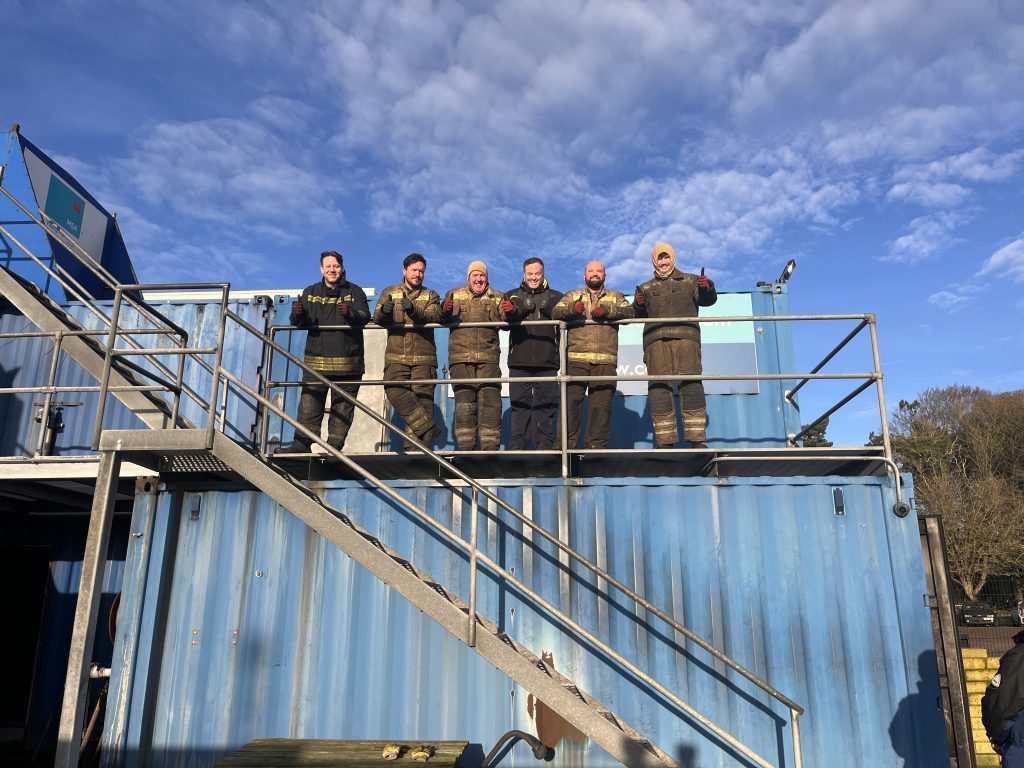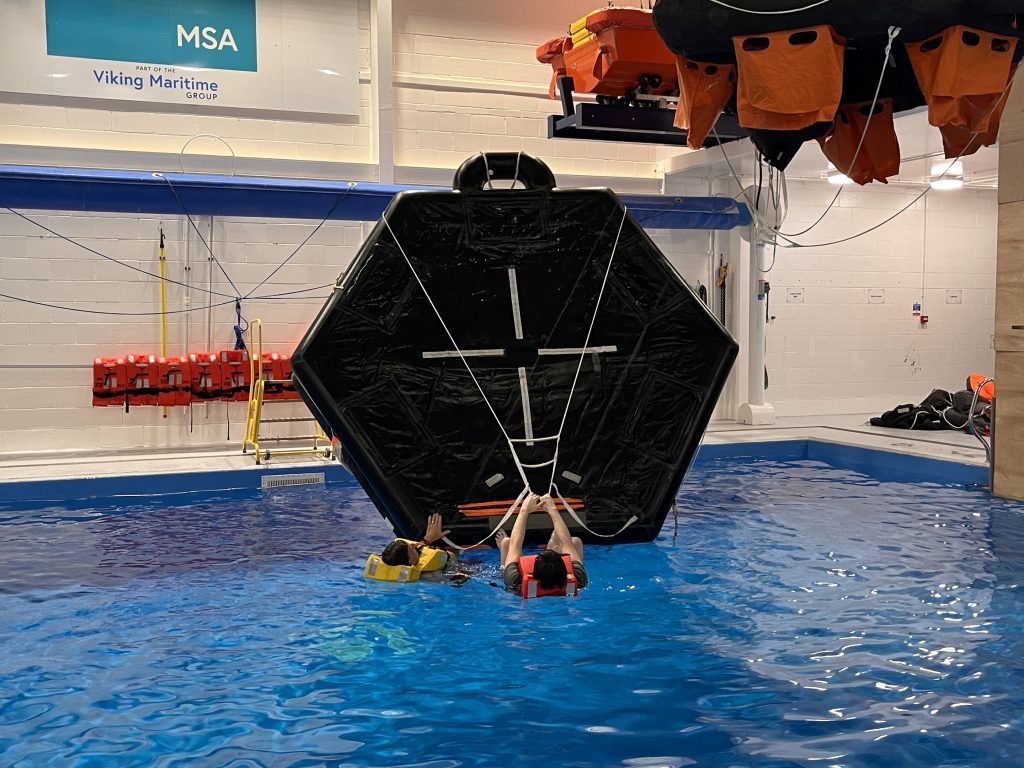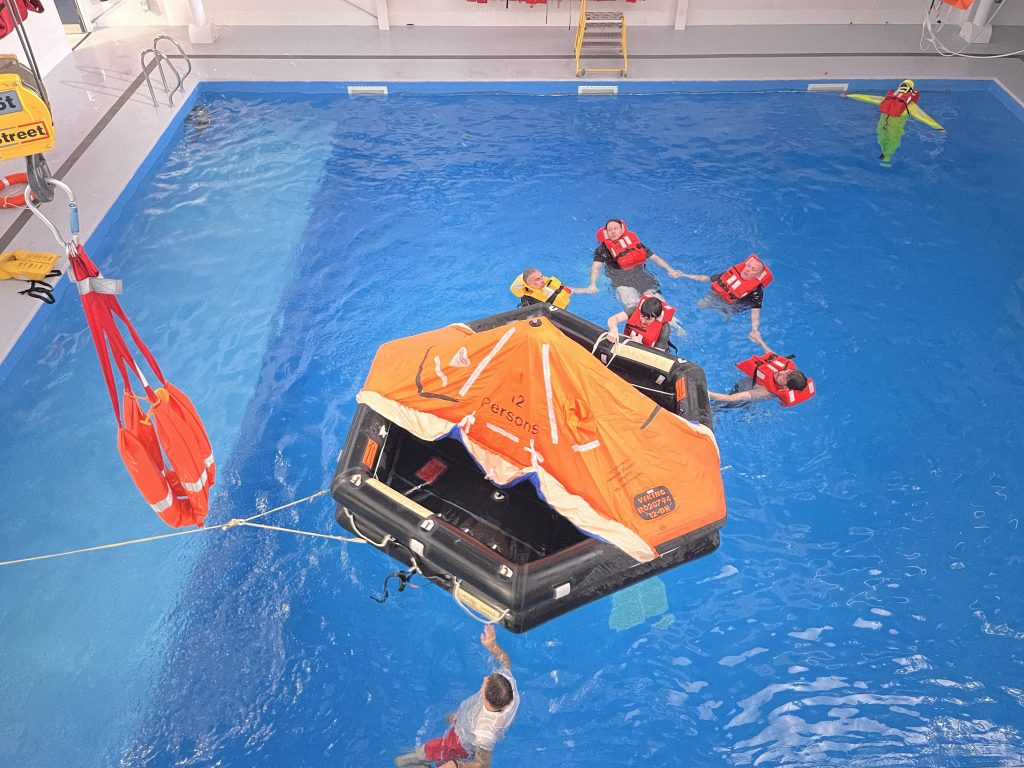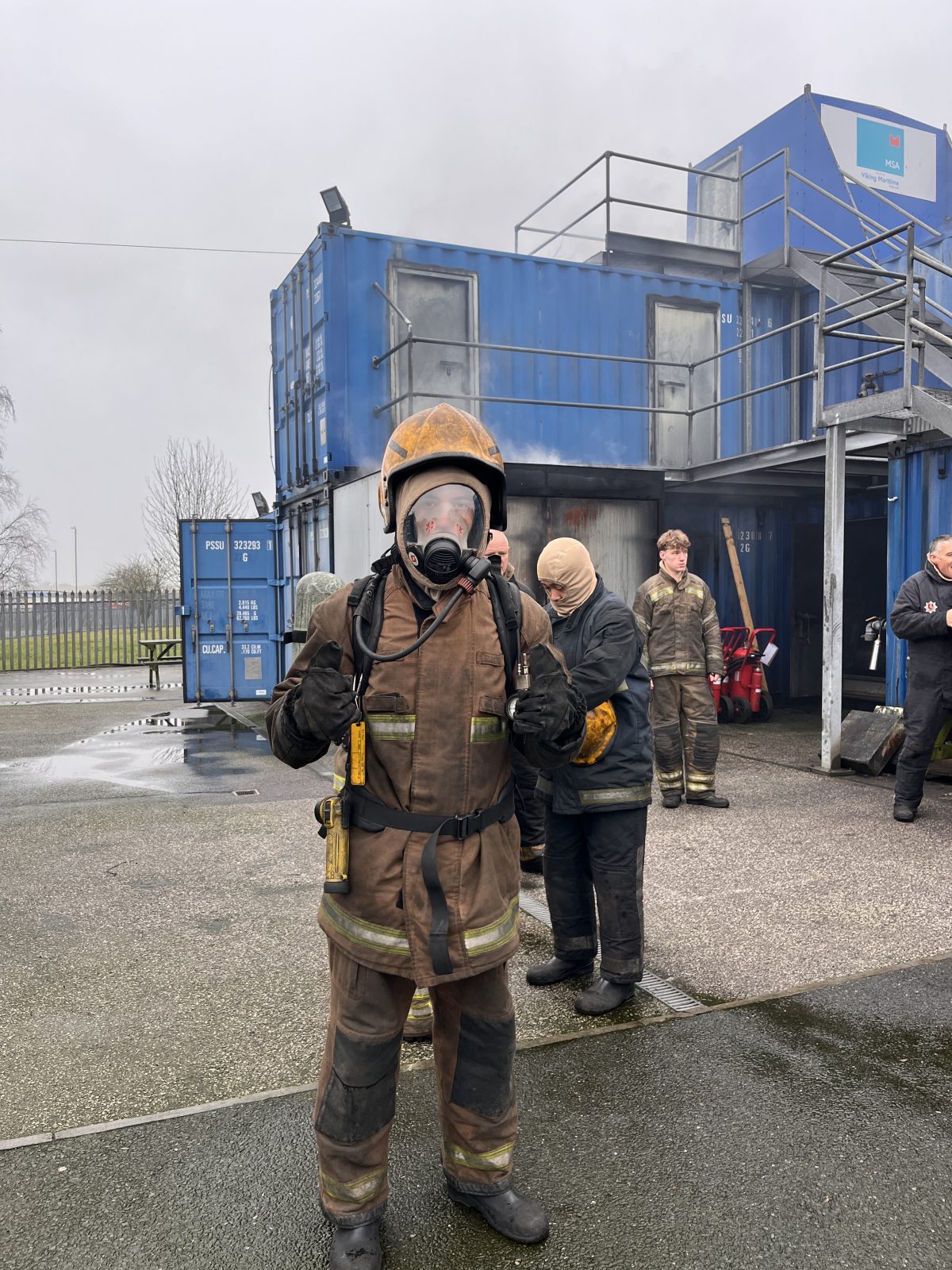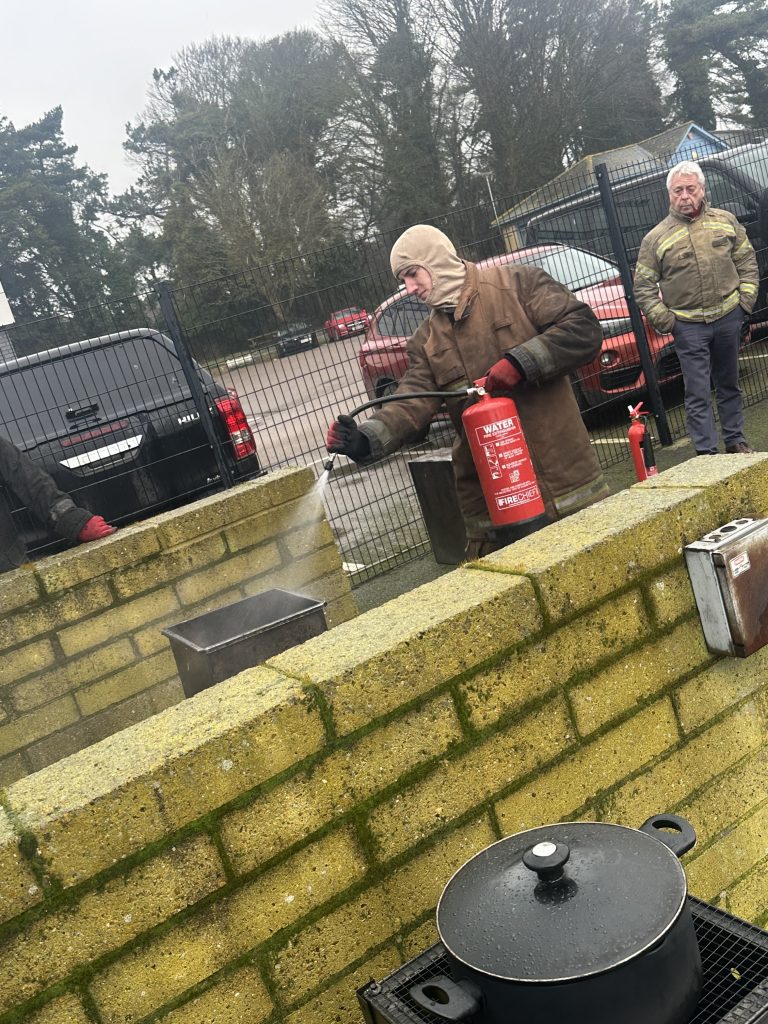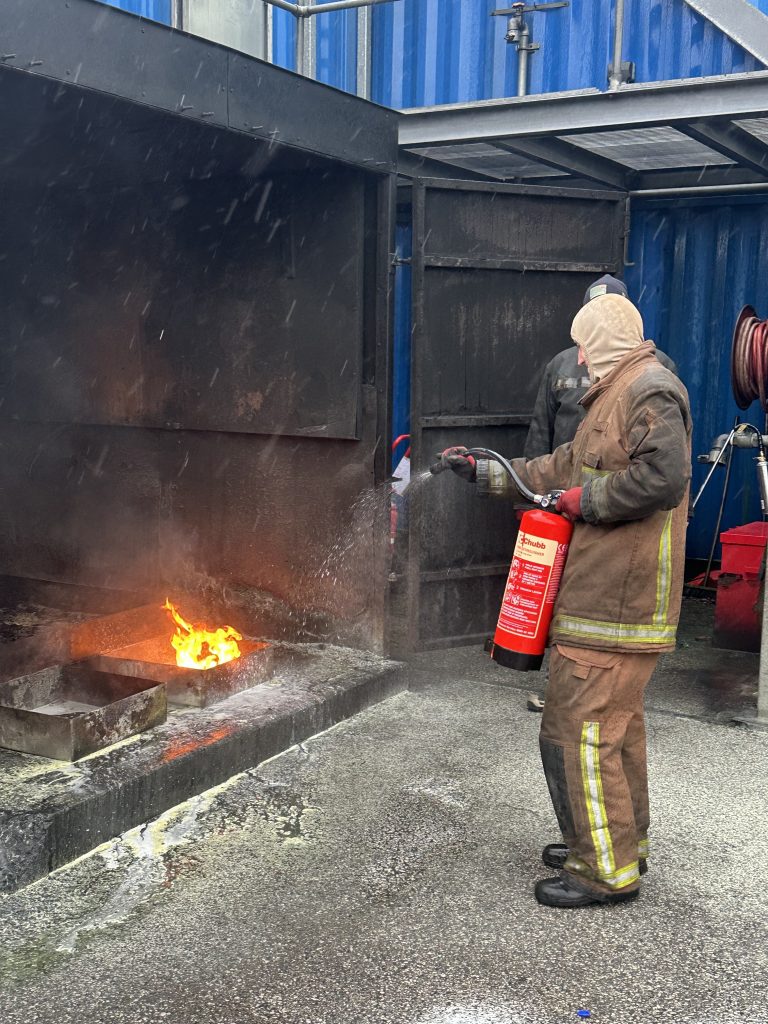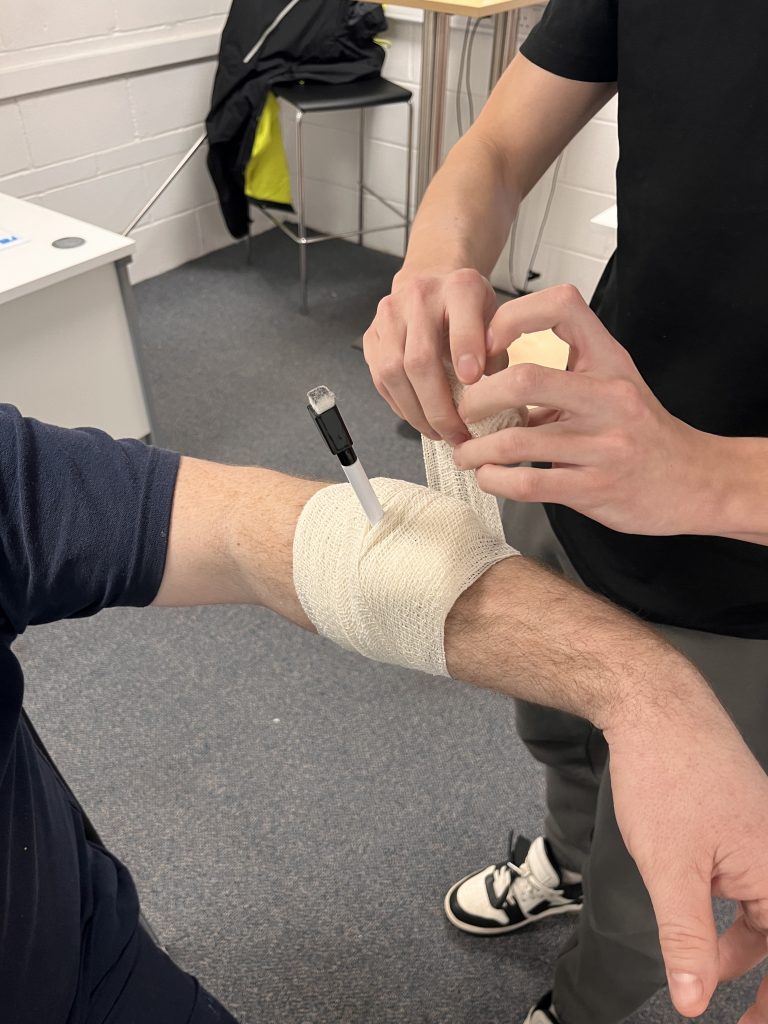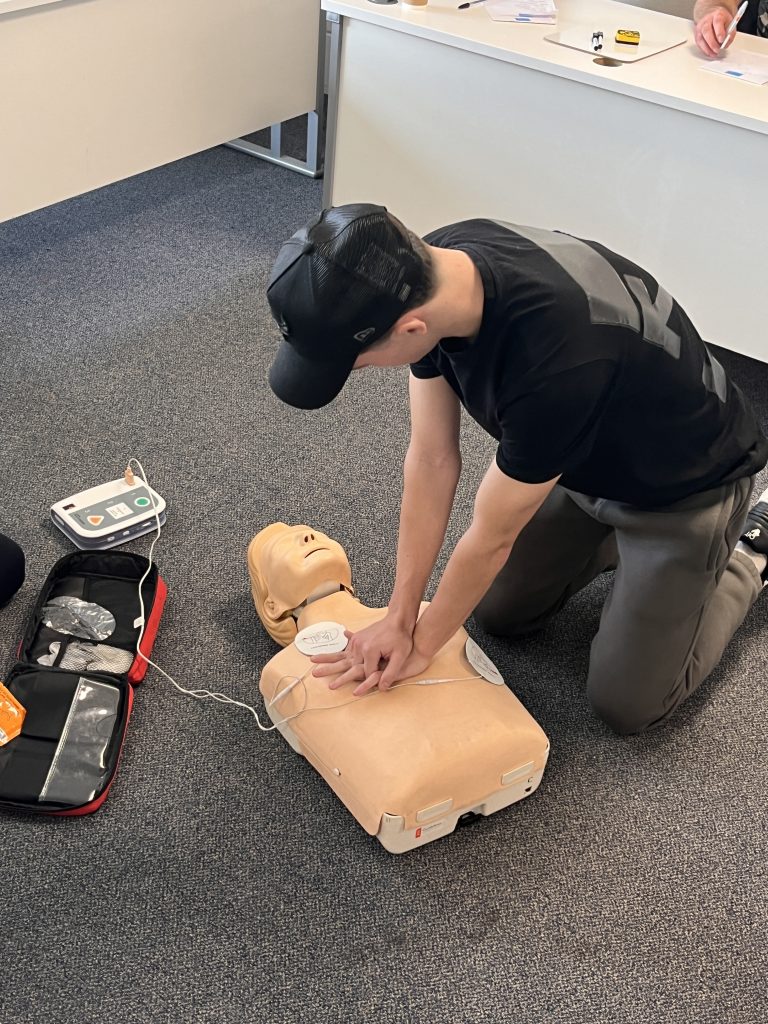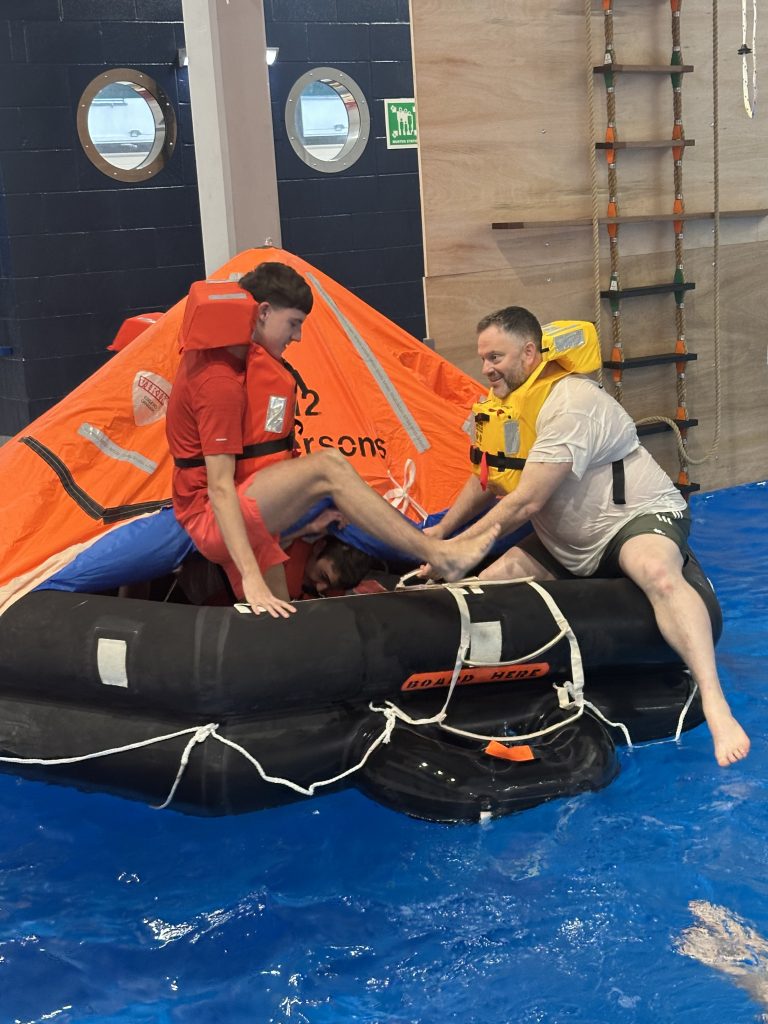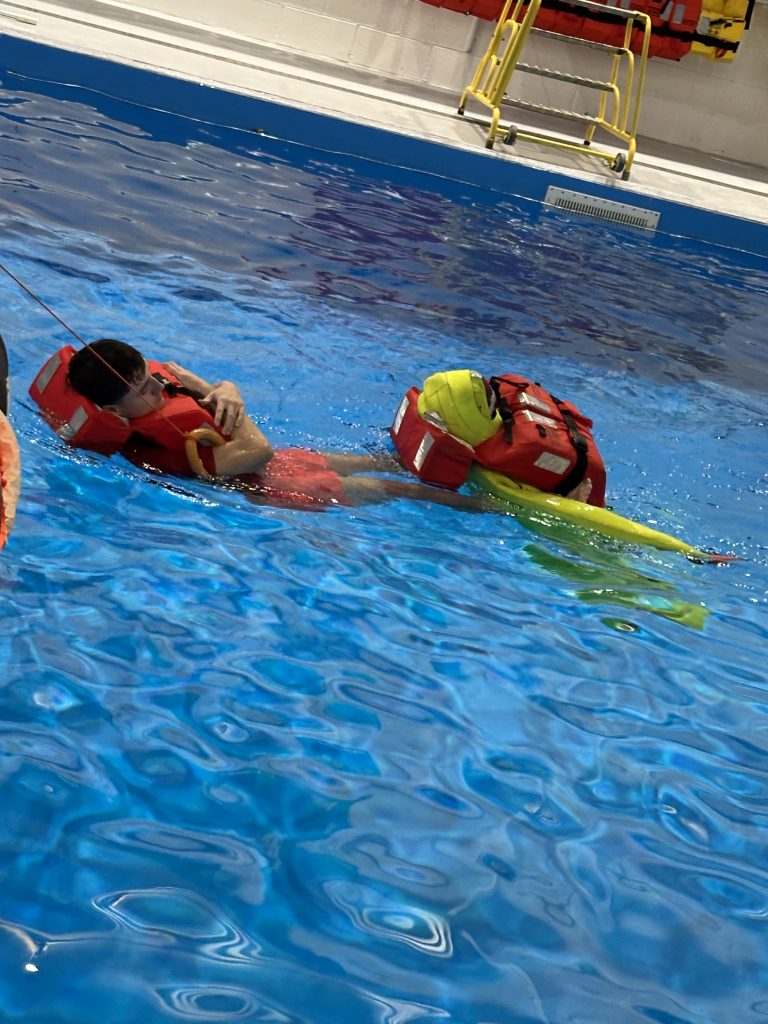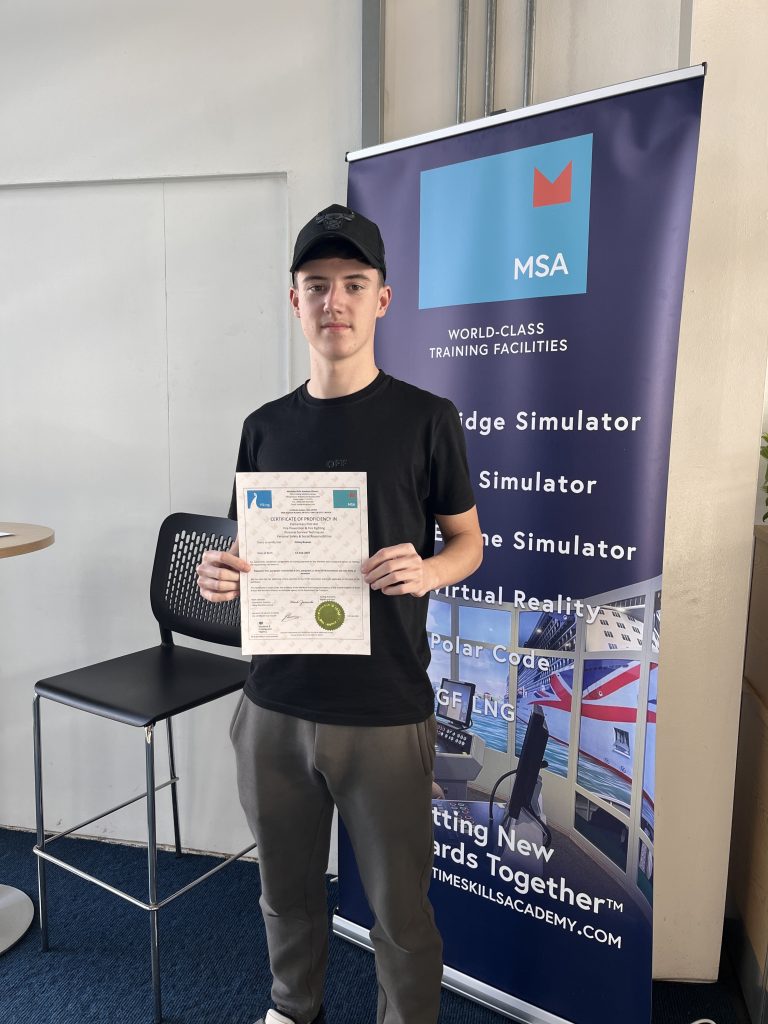The latest MCA Safety Spotlight (July 2025) shines a harsh but necessary light on the ongoing risks linked to poor bridge watchkeeping practices. Despite advances in technology and regulation, collisions, groundings, and serious accidents are still occurring due to preventable human errors.
Numerous factors can impact the safety of bridge operations, including fatigue, distraction and misuse of equipment. In accordance with the MCA safety spotlight, vigilance, leadership, and discipline are the makings of good seamanship.
1. Fatigue Is More Common Than We Think
Fatigue is one of the most underestimated risks at sea. It creeps in quietly, reducing concentration and reaction times without the watchkeeper realising. Many recent accidents—highlighted in the MCA’s case studies—can be traced back to an overworked or poorly rested crew, sometimes due to commercial pressures or insufficient manning levels.
What can help:
- Ensure accurate records of working and rest hours are maintained, in compliance with STCW and ILO conventions.
- Masters should have the authority and company backing to refuse unsafe watch schedules.
- Implement practical fatigue management strategies, including rotating watches to allow proper rest.
- Promote open reporting of fatigue without fear of blame.
Key takeaway: A well-rested watchkeeper is sharper, safer, and far more effective than a tired one.
2. Keep Distractions to a Minimum
The MCA warns that mobile phones, personal tablets, and non-navigation tasks are increasingly cited as factors in collisions and groundings. In Case 1 of their recent investigation, a fatal collision occurred due to a watchkeeper being distracted by a personal tablet and having consumed alcohol hours before the watch.
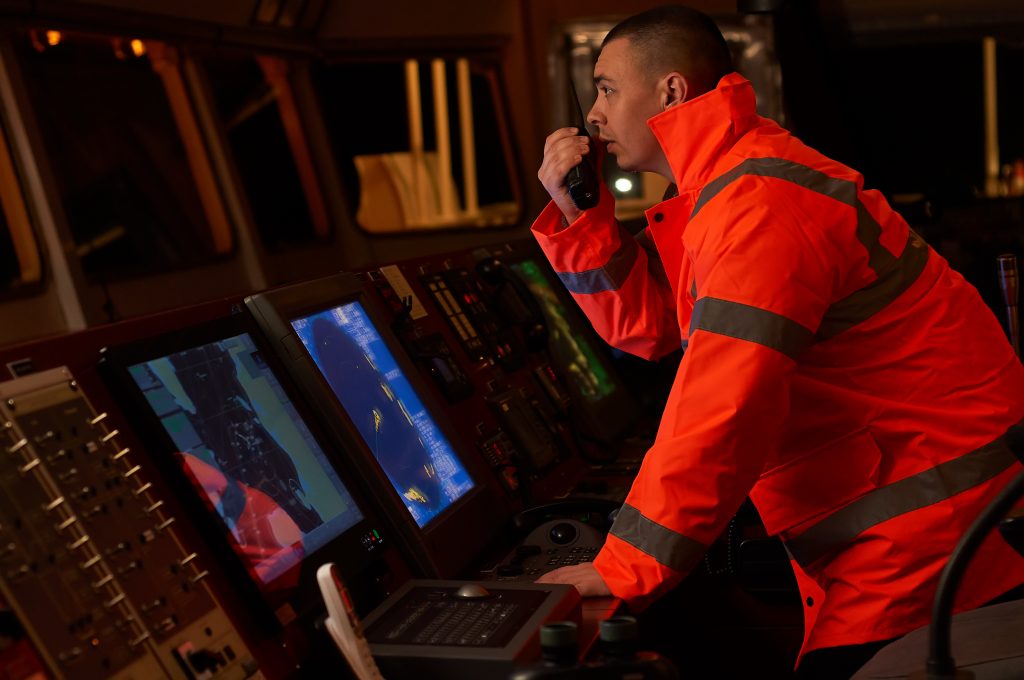
What can help:
- Enforce “no personal device” policies during bridge duty.
- Establish clear bridge discipline—navigation comes first, always.
- Conduct regular briefings on the risks of distractions and complacency.
- Make use of bridge resource management (BRM) techniques to keep focus on tasks.
Key takeaway: Navigation requires 100% attention. Staying focused on the task at hand makes all the difference.
3. Watchkeeping Technology Is a Tool, Not a Replacement
Bridge technology—radar, ECDIS, and BNWAS—has significantly improved maritime safety, but it cannot replace a lookout. The MCA has found that navigational aids are sometimes muted, set incorrectly, or relied upon without cross-checking with other methods.
What can help:
- Ensure radar and ECDIS alarms (CPA, zones) are set appropriately for the vessel’s environment and traffic conditions.
- Train officers not just on how to use these systems, but why settings matter.
- Cross-verify electronic data with visual lookout and manual plotting.
- Test BNWAS and other alarms to ensure they’re functioning correctly.
Key takeaway: Technology supports safe navigation—but only when used as part of a layered safety approach.
4. Continuous Training Is Essential
The STCW convention sets the standards for watchkeepers and their qualifications. However, to achieve a high level of competency and safety, watchkeepers should participate in ongoing training, practice and refresher courses. With complacency and outdated knowledge continuing to play a huge role in navigational errors.
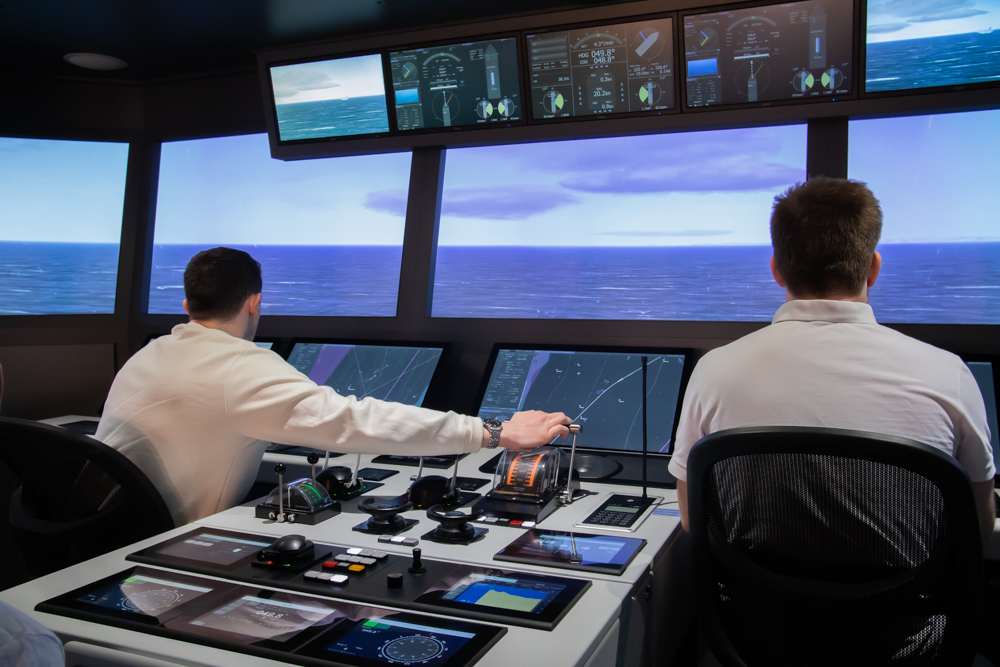
What can help:
- Refresher training on COLREGs, Bridge Resource Management (BRM), and radar/ARPA systems.
- Simulator-based exercises to rehearse collision avoidance and emergency scenarios.
- Peer-to-peer learning onboard to ensure everyone understands procedures.
- Make training a regular conversation, not a box-ticking exercise.
Key takeaway: Ongoing professional development is the difference between knowing the rules andapplying them instinctively under pressure.
5. Leadership and Culture Make the Difference
As figures of authority and an example for the rest of the crew, Masters, officers, and company leaders must promote a safety-first culture where proper watchkeeping is maintained. The MCA’s case studies show that weaker leadership and commercial pressures often result in best practices being overlooked.
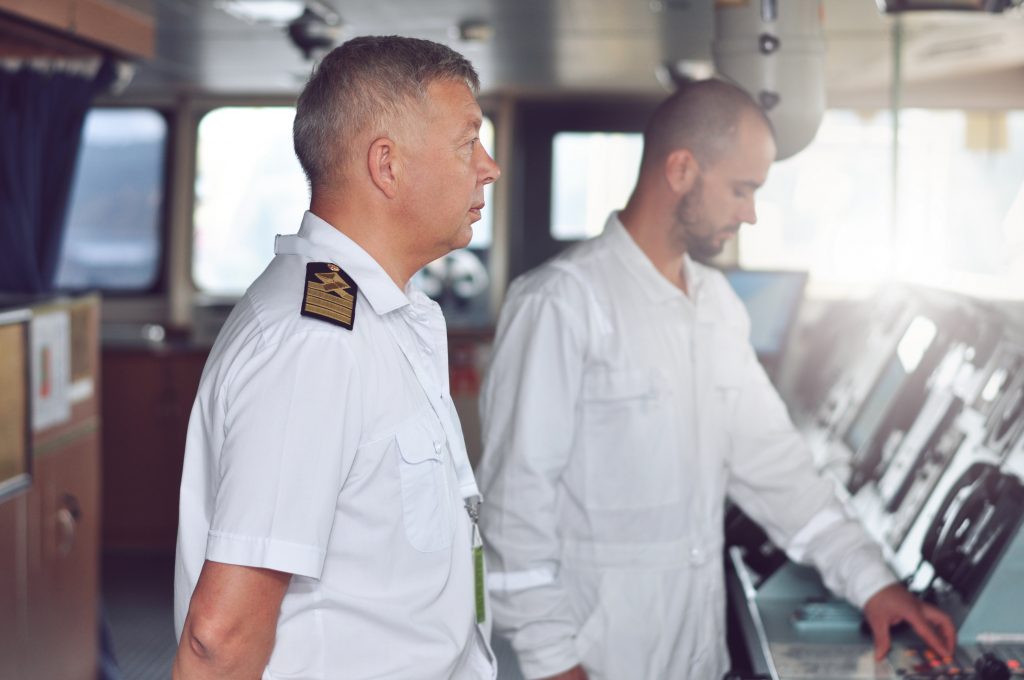
What can help:
- Embed watchkeeping standards into your Safety Management System (SMS).
- Provide Masters with clear backing from shore management to enforce proper manning and rest periods.
- Invest in leadership training to reinforce standards onboard.
- Encourage open reporting of near-misses without fear of blame—this builds a culture of learning.
- Demonstrate leadership by walking the talk—prioritising safety over speed or cost.
Key takeaway: A strong safety culture, supported by leadership, prevents the erosion of standards.
At The Maritime Skills Academy, we see these lessons as a positive opportunity to keep improving how we train and support watchkeepers. By blending technology, good habits, and strong teamwork, we can create safer, more efficient bridges. What may seem like a small step in developing a skillset will have a much larger impact on the industry, resulting in less incidents and casualties, globally.
If you’d like to learn more about how our training programmes—including Bridge Resource Management and COLREGs refreshers—can help your team, get in touch with us.

